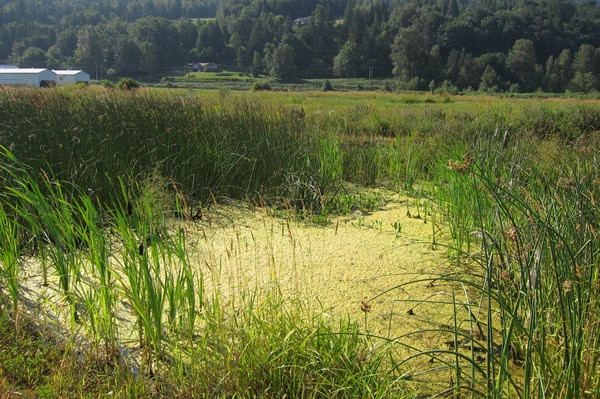
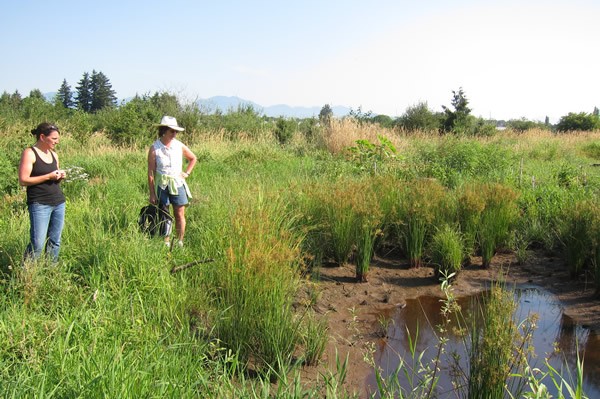
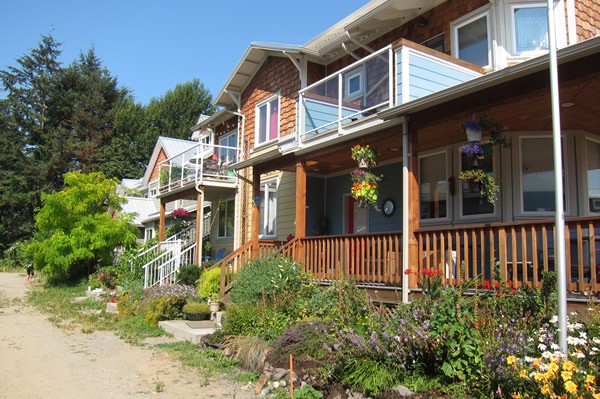
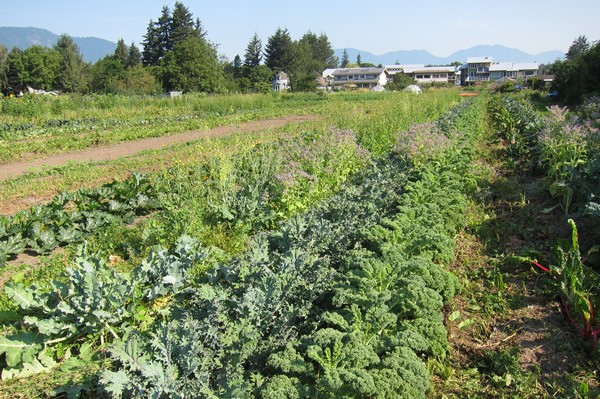
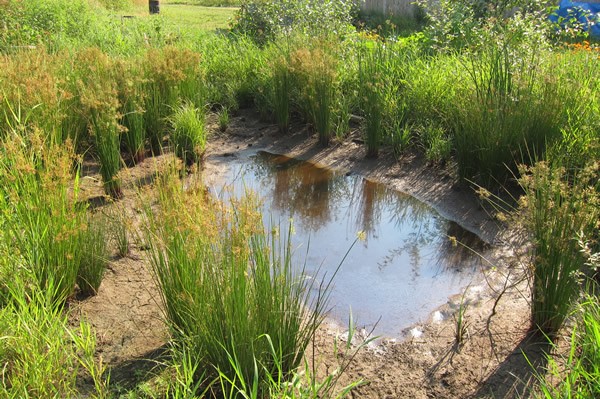
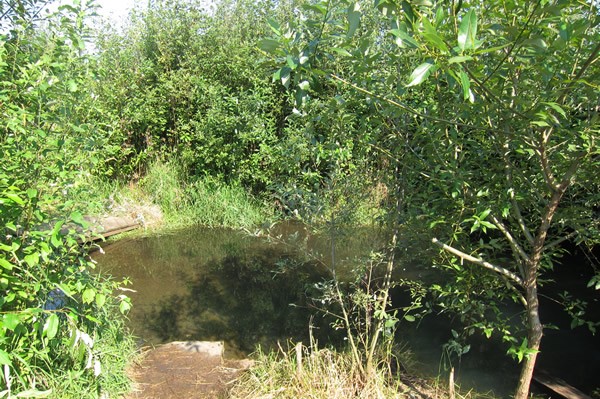
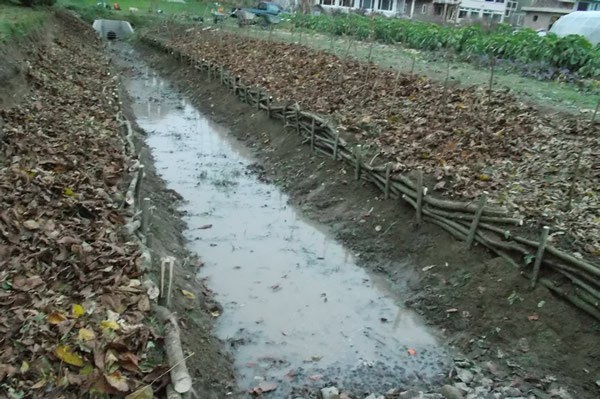
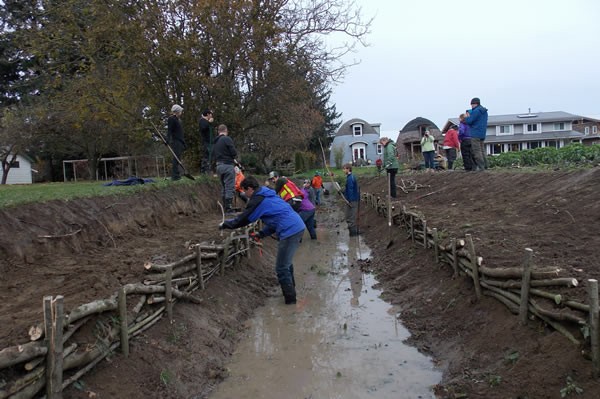
Site Description
Name of the site: Yarrow Eco Village
Address: Fraser Valley | Yarrow
Size: 25 acres with 20 acres of ALR, 3 acres community housing and community garden space; 2 acres future mixed use development
Type of crops: vegetables, chickens (for eggs), blueberries; other fruits and herbs. Certified organic | three small vegetable farms (Ohm Organic Farm, Osprey Organic Farm, and Soban Farm), and one farmer growing heirloom apples and a permaculture food forest.
Number of people employed: 15-20 community members lease the area and the remainder of the 100 residents either volunteer on the farm or riparian areas in some way through the year work.
Managed property since: 2011
It’s an ongoing project that gives back. You get to watch the plants grow but it does require effort and energy and ongoing commitment, especially if there are blackberries involved because they are persistent. It’s not a “let’s do this and it will be fixed” kind of thing. But it gives back because you get to observe the plants growing and observe the wildlife.
~Meg
Stewardship Practices Guides
The following guides are relevant to this project site
- Riparian Areas in Settled Landscapes
- Guidance for Restoration Activities in Riparian Areas
- Drainage Maintenance in Agricultural Waterways
Click to download the table for stewardship practices at the Yarrow Eco Village site.
Stewardship project partner:
Fraser Valley Watershed Coalition
Project Overview:
Protecting and restoring the salmon-bearing Stewart Creek that runs through their property has been an important project for the Yarrow Ecovillage community. They have worked on riparian restoration projects each of the last 5 years, many with the Fraser Valley Watershed Coalition. These projects include establishing riparian buffers by removing blackberries and planting native species, using wattle fencing to control stream bed erosion, establishing a riparian buffer and willow canopy over an outlet channel (ditch) and even involving children in constructing willow domes and tunnels.
Jeanne and Meg are both residents at the Ecovillage, a community housing 100 people from newborns to seniors and connected to the 20 acre farm and riparian area. While approximately 20 of the communities’ residents focus on the farm, all are kept involved via community work days, eating the vegetables, and activities for children.
A key principle of the community is to protect agricultural land. They do this two ways. First, all 100 residents live on just 3 acres of the property, leaving 20 acres for the farm. Second, they work to maintain the soil and fertility of their land via principles of organic and permaculture farming and via certification by the BCARA–British Columbia Association of Regenerative Agriculture. The community also uses a constructed wetland in lieu of the more common septic field to reduce their environmental impact, restore aquatic habitat and save farmland.
Meg describes her food forest farm plot, which resides just beside the riparian area, as a place of wonder, full of life and changing with each season. She works to make the area welcoming to other residents, wildlife and others from around the region that come to tour the Ecovillage.
Champions
Jeanne Hughes and Meg Jordan are both farmers at the Ecovillage, a community housing 100 people from newborns to seniors and connected to a 20 acre farm. While only eight of the communities’ residents focus on the farm, all are kept involved via community work days, eating the vegetables, and activities for children.
Motivation
Like many farmers in the region, the Ecovillage members were concerned about the reed canary grass growing in the creek on their property and its impact on salmon habitat. Rather than remove the grass they could do something to keep it from growing—shade it by establishing a new riparian buffer.
In Chilliwack, the city dredges it out to prevent the channel from getting choked. We could do something that would prevent it from getting choked and stick with the vision of the Ecovillage to support natural ecosystems and build a diversity of wildlife and plants and animals. ~Meg
Despite the Ecovillage’s interest and dedication to riparian restoration, they lacked the funds and expertise to rapidly implement a project. That’s where the Fraser Valley Watershed Coalition (FVWC) came in. FVWC procured grant funding and provided expertise in planning and implementing the projects. Later the Ecovillage worked with local bioengineering expert Dave Polster, who used their property as a demonstration site for workshops. These connections helped the Ecovillage to understand what was possible and to make it happen.
While the projects have required continual maintenance and ‘a lot of blackberry thorns’ according to Meg it’s worth it:
There’s ongoing work but I love it and feel a passion about it
Challenges
Yarrow’s first project with FVWC was to establish a new riparian buffer. But first they needed to control invasive species —tackling 30 foot high blackberry bushes along a stretch of the creek. The team used a bulldozer to pull and bury the blackberries, but they have required continual maintenance. Though Meg emphasized that the work is rewarding.
It’s an ongoing project that gives back. You get to watch the native plants grow but it does require effort and energy and ongoing commitment, especially if there are blackberries involved because they are persistent. It’s not a let’s do this and it will be fixed kind of thing. But it gives back because you get to observe the plants growing and observe the wildlife. ~Meg
For future projects, they suggest another technique might work better than burying the blackberries. One tip FRWC now recommends is denser plantings that grow quickly to shade the area and inhibit blackberry growth. If blackberries have full sun they can throw their branches up to 25 feet. So shading them can be helpful.
Another challenge in establishing the riparian buffer was plant survival. It is important to pay attention to the types of plants and when they should be planted when planting native vegetation.
We did some replanting in 2010 and not all the plants had survived and some blackberries did come back. So then we knew we needed some faster growing plants. Luckily the birds helped plant some alders and they grow pretty fast. But some of the more delicate plants didn’t survive–it’s not time to put ferns in yet .. . . we need to have more of an over story for them to survive. ~Meg
Outcomes
While maintaining the riparian buffer has been work for the group, it has also been a chance to bring more residents onto the farm land and to help them learn about the species that live in their riparian area.
Maintenance is our responsibility. So I’ve organized stomping parties to keep down the reed canary grass and to prevent it going to seed, we go for a walk and talk “Oh, did you know at this time of year it’s like this?” Just get people more involved.
~MegThe community has also noticed more birds:
I’m not a birder but I notice that there are more birds in the area and that’s great for the farmers because it’s a mutual benefit–we have more insect eaters.
~MegThe Ecovillage has become a model and demonstration of several techniques for restoration. Their property has served as a classroom for 40 students to learn about bioengineering techniques to stabilize the riverbed using willow stakes to build a wattle fence with restoration specialist Dave Polster. This project was really a success on many levels:
It’s lovely there’s a whole thicket of willows growing and the blackberry has really diminished so that’s served a couple purposes.
~MegThe group has since used the wattle technique for educational and artistic projects with the community’s children, building domes and tunnels out of willows that the kids designed.
Working again with Dave Polster, the community developed a win-win solution for a storm drainage ditch on their property. Wattle fences stabilize the banks and a willow canopy forms a tunnel over the ditch, shading out reed canary grass. By stabilizing the drainage ditch banks with bioengineering methods, the ditch is an attractive habitat for amphibians and there is no need to deal with the reed canary grass.
The wastewater treatment constructed wetland is also home to “so much bird life, cattail, wetland plants that are cleaning the water. It is a wetland, a dynamic and vibrant ecosystem” explains Meg.
Stewardship Practices Menu
Learn more about Species at Risk
Stewardship Practices Case Studies
Fraser Valley & Lower Mainland Sites
Kootenay Sites
Okanagan Sites
Vancouver Island Sites
Contact Information
Find us on social media
LinkedIn: @StewardshipCentreBC YouTube: @stewardshipcentreforbc1047 Instagram: @StewardshipBC
